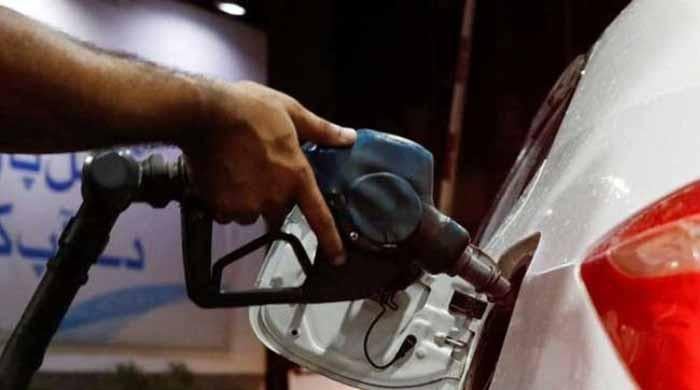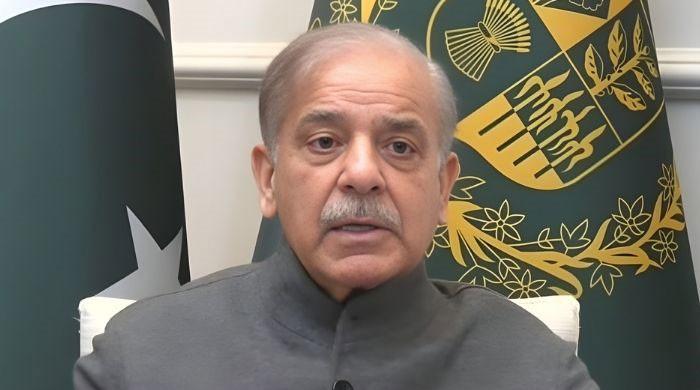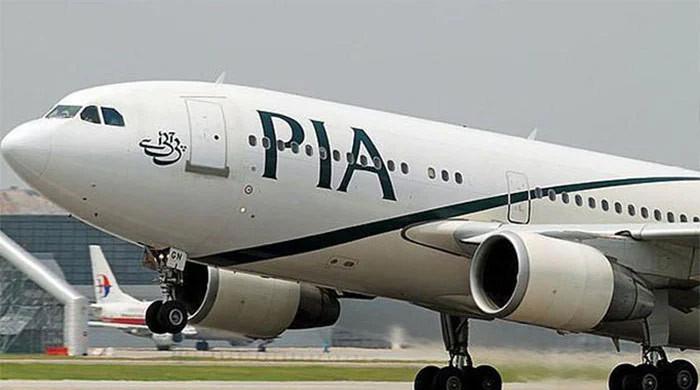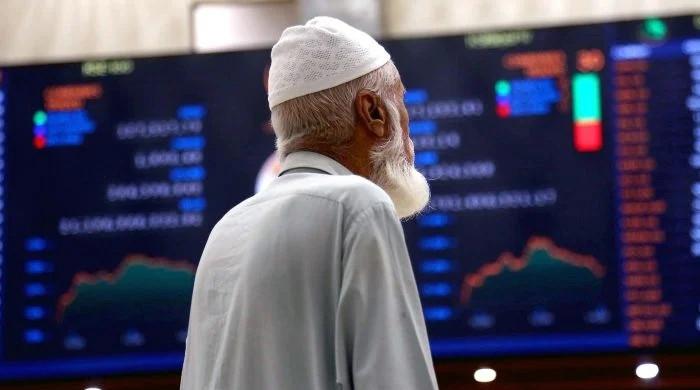Excessive macroeconomic imbalances may flatten growth in Pakistan, warns finance ministry
Fiscal situation and external sector performance are making it difficult to sustain growth in coming year, says ministry
May 29, 2022
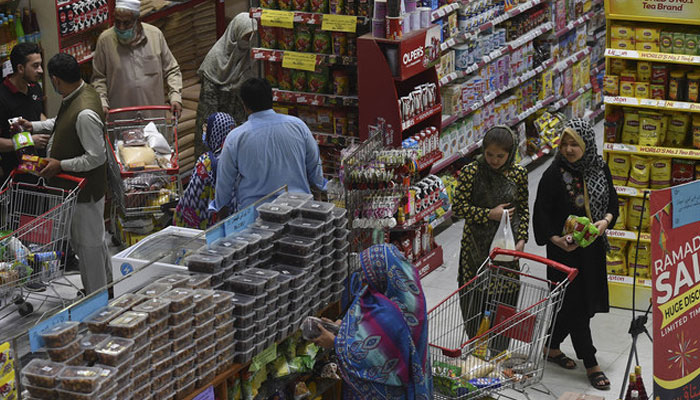
- Excessive macroeconomic imbalances could flatten growth in the next fiscal year, warns the finance ministry.
- Pakistan is currently facing several severe challenges: accelerating inflation, high external deficits and declining foreign reserves.
- The primary contributors of increasing inflation are the surge in international commodity prices and the exchange rate depreciation.
ISLAMABAD: Despite a rebound of almost 6% in fiscal year 2022, the country may not sustain its growth rate in the next year in the presence of excessive macroeconomic imbalances, the finance ministry has warned.
In its monthly report, the ministry said the excessive macroeconomic imbalances could flatten growth in fiscal year 2023, The News reported Sunday.
“Pakistan is currently facing several severe challenges: accelerating inflation, high external deficits, exchange rate depreciation, declining foreign exchange reserves, and mounting uncertainty,” read the statement.
“On the other hand, economic growth remains relatively high, but in the presence of macroeconomic imbalances may not be sustainable.”
The ministry said the country has achieved GDP growth of 5.97% in FY2022, but “the fiscal situation and external sector performance are making it difficult to sustain and impacting the growth outlook in coming year”.
“The persistent growth of more than 5.50% for the consecutive two years has laid the foundation of higher and inclusive growth, provided the consequent macroeconomic imbalances are addressed prudently”.
It said Pakistan’s main problems can be solved by designing a credible sustainable future economic trajectory that inspires consumers and investors’ confidence in the longer run. “Economic decisions are based on expectations about the future economic path as well as on the degree of certainty/confidence of development prospects.”
The report said the domestic and international scenarios are changing which carries implications for the economic activities, while inflationary and external sectors pressures are creating macroeconomic imbalances in the economy.
The ministry said the primary contributors of increasing inflation are the surge in international commodity prices and the massive exchange rate depreciation.
“In fact, the depreciation of the rupee both against the USD and on a trade-weighted basis against the currencies of Pakistan’s main trading partners is primarily reflection of inflation differential between Pakistan and its main trading partners,” it added.
“… currency depreciation itself feeds into higher domestic inflation. In this sense, Pakistan is caught into a vicious inflation/currency depreciation spiral. In the short run a predicament to stop this cycle is to pursue restrictive fiscal and monetary policies, coupled with policies and announcements that restore market agent’s confidence”.
The consumer inflation was recorded at 13.4% in April 2022 as against 11.1% in the same month last year. On month-on-month basis, it increased by 1.6% in April 2022 as compared to an increase of 0.8 % in March 2022 and an increase of 1.0% in April 2021. During July-April FY2022, CPI was recorded at 11.04%, compared to 8.62% in the same period last year.
Rising food prices were the primary driver followed by energy prices. The war between Russia and Ukraine has caused major disruptions to the supply of commodities. Both countries are major exporters of energy and agricultural products.
“Pakistan has also been affected, as the country is a net importer of food items especially wheat, pulses and edible oil. The impact of global price movement is realized in domestic prices,” the ministry said.
The ministry expect the current account will stay well below $ 1.0 billion in coming months. During July-April FY2022, the current account deficit is recorded at $ 13.8 billion. The fiscal deficit during July-March FY2022 is recorded at 3.8% of GDP. The primary balance posted a deficit of Rs447 billion. During July 1 to May 6, FY2022 money supply witnessed a growth of 6.2% or Rs 1,511.3 billion as compared to the growth of 7.5 % or Rs 1,576.3 billion last year.




